March 22, 2022
Home Renovation – Costs & Trends
Share this article:

One interesting result of soaring real estate costs has been a renewed focus on home renovation. Increasing prices have led to a lack of inventory – a vicious cycle that keeps cycling. According to some studies, this status applies to a staggering 97% of markets across Canada. Homeowners are now, in response, choosing home renovation as a strategy, for differing reasons, and in various ways. Let’s explore the costs and trends for home renovations in 2022.
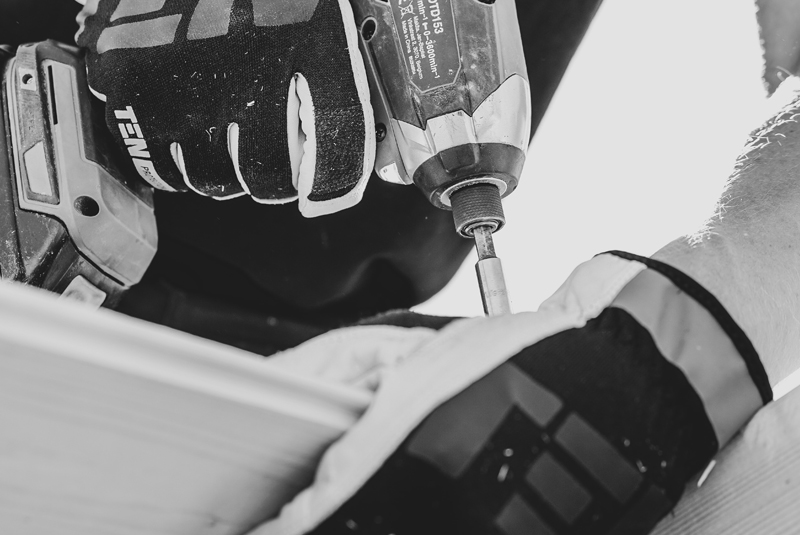
Reasons for Home Renovations
Remax conducted a study with some statistics that may surprise:
Renovations to stay put – fully half of respondents said they were making home improvements with the intention of remaining in the house. It may seem counter-intuitive, what with all the house flipping stories we hear about. But apparently, those are the facts.
Renovations for non-essential reasons – the research found that around 29% of Canadian homeowners who engaged in improvements in and around their house did it not with intention of selling or flipping, but to improve quality of life. The focus was more on lifestyle/recreational and aesthetic endeavours, over essential jobs such as roof replacements, structural upgrades, or plumbing/electrical overhauls.
Maintenance and safety-related renovations – another 29% or so said the work on their home was related to addressing wear and tear, and essential items, such as those we just listed.
Renovations to sell – only about 16% of those surveyed indicated they were making the upgrades with the intention of selling their home.
The trend seems to be toward non-return-on-investment (ROI) home upgrades. Folks are choosing the likes of home theatres, lavish bathrooms, and sparkling kitchens, and they intend to stay in the home and enjoy them.
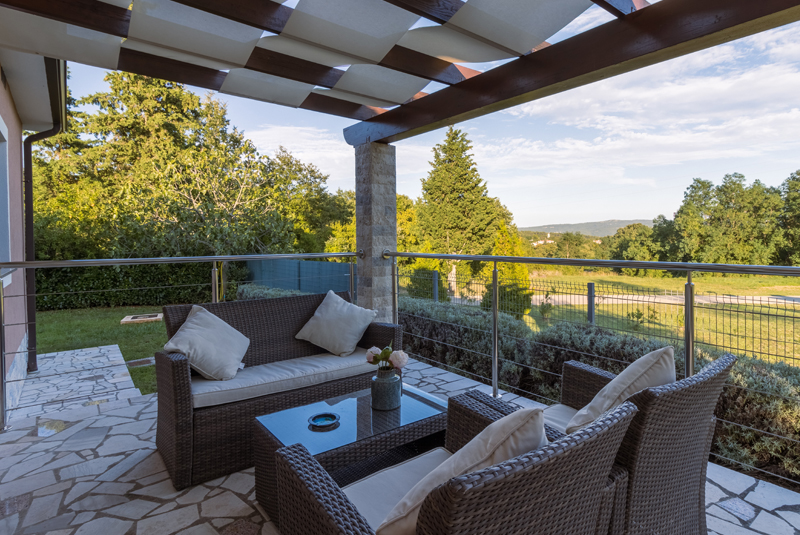
A Look at the Cost of Different Home Renovations
In three words: It’s not cheap. Home upgrades, repairs, and renovations of just about any kind are seldom inexpensive. They involve both materials and labour, and in some cases planning which requires engineers and formalized plans/drawings. All of these can cost significant dollars.
A lot of homeowners are doing it in this country, as well. In 2019, the latest year statistics were available, the Canadian home improvement market topped $50 billion worth of sales, an average growth rate of over 1% per year.
In terms of budgeting, there is no hard and fast rule on what you should spend on any particular project. The spectrum of home sizes and project complexities does not make it easy to come up with a definitive number on a project. One rule of thumb, however, suggests that you should set aside 1% of your home’s resale value per year in preparation for future work. For example, for a home worth $800,000, approximately $8,000 should be set aside for renovations down the road. That seems pretty logical, when you consider the cost of various types of home improvement projects. Let’s have a look at some of those now.
Typical Budgets for Different Types of Home Renovation Projects
Here’s a list of some of the more common home improvement projects and a rough guide as to what you should be prepared to spend. Please note that there are wide variations in terms of room sizes, complexity, choice of materials and whether the work is do-it-yourself (DIY), or through a contractor.

Bathroom Reno – Minimum $20,000
This is among the most common and popular choices, for obvious reasons – it’s a room that gets used a lot by the whole family. For a complete overhaul of the lavatory, you’ll be looking at:
- Toilet
- Shower
- Bathtub
- Vanity, sinks
- Faucets
- Flooring and tiles
- Countertops
- Lights and fixtures
- Windows
There may also be a necessity for upgrades to wiring and plumbing, depending on their age and condition. A general rule is to budget 5% of your home’s resale value for a complete bathroom renovation. The figure we list is fairly bare bones.
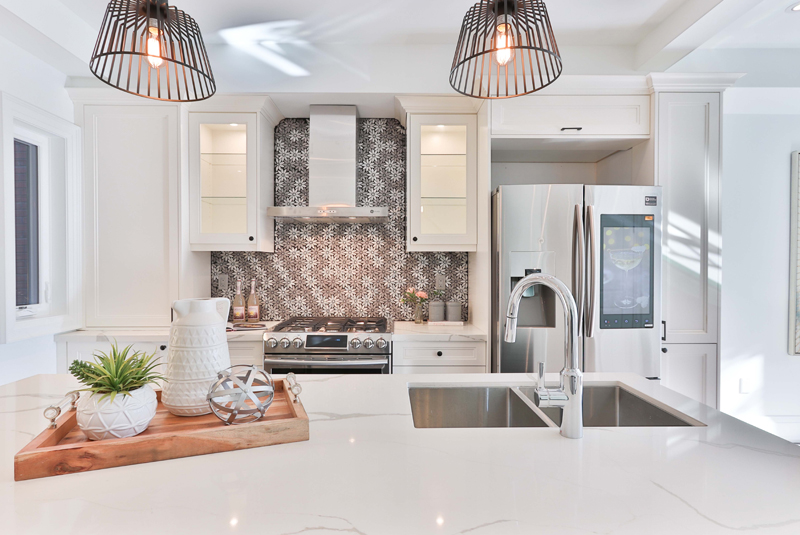
Kitchen Reno – Minimum $40,000
This is a big one, when you consider that there is usually considerably more square footage to deal with than, for instance, the bathroom we just discussed. It will have a similar list of replacement items, but obviously with far cupboard work, and probably more in the way of lighting aw well.
Families spend a lot of time in and around the kitchen – it’s often the focal point of the house – so it makes sense to want to make it as pretty and functional as possible. For budgeting purposes, experts suggest 10 to 15% of the overall value of the home for a full reno of the kitchen.
That’s right – in a million dollar home, $100K is not out of the question, nor is $150K – the $40,000 we mentioned is the entry point.
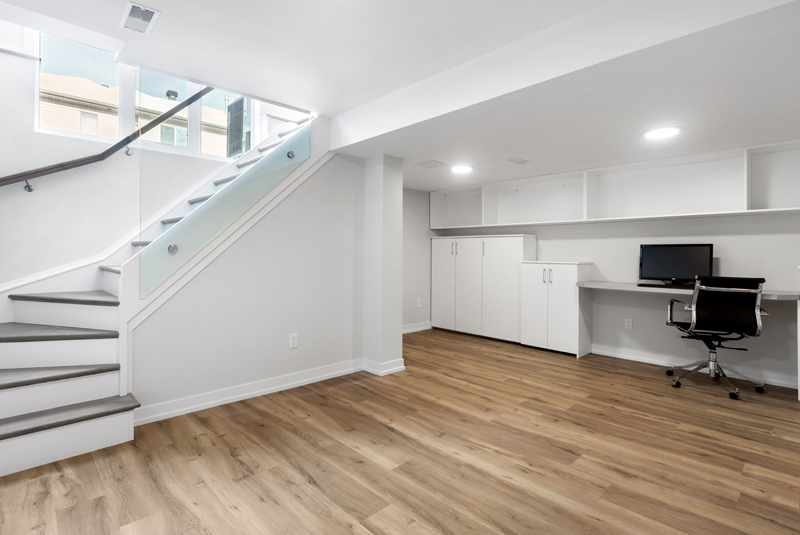
Basement Reno – $30,000+
Basements offer an excellent opportunity to maximize a home’s living space, particularly if unfinished at the moment. Think of the additional square footage available for a recreation or games room, a man-cave, an extra washroom with shower, extra storage – the list goes on. A very bare-bones move like just adding new carpet might run between $5000 – $8000, but if you’re going full-hog, it can really add up. Some of the inclusions in a full basement reno might be:
- Drywall, paint
- Insulation for walls
- Flooring
- Plumbing if a washroom is being considered
- Electrical fixtures and wiring if not already roughed in
- Waterproofing, damp-proofing as necessary
- Cabinetry for storage space
- Stair upgrades
Naturally, the final cost would depend greatly on the total size; a basement is much bigger than a kitchen or bathroom. The $30,000 we mention might do the trick, but it easily could double, depending on the variables listed.
Painting – $10,000
It’s not a full-blown makeover, but fresh paint throughout a home can really spruce the place up, while covering over deficiencies and other unsightly stuff on the wall which may have developed over time. The figure we list is just for discussion purposes. You need to calculate the total square footage of walls/ceilings you want to do, and then use a budget figure of between $1 and $1.50 per square foot.
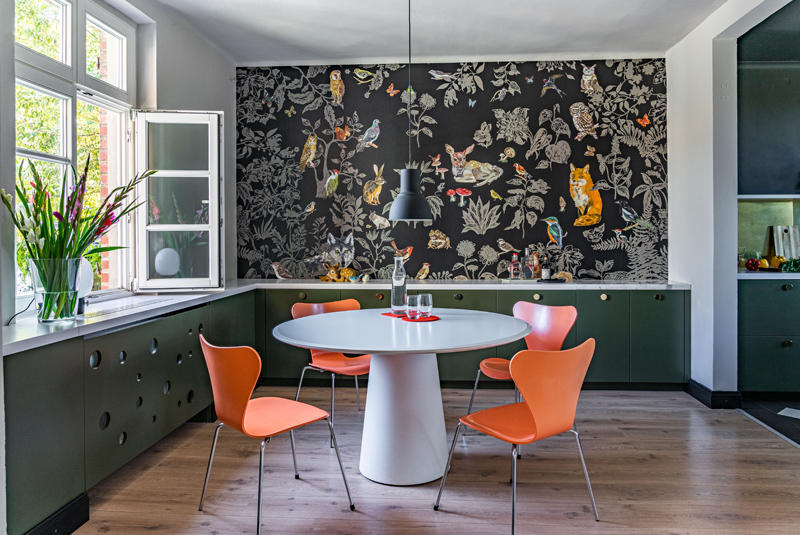
Trends for Home Interiors and Decorating in 2022
Now for some of the more fun stuff. Here’s a look at what’s hot in terms of home decor these days. It turns out that 2022 may be the year the interior trends revert back to nature, in terms of colours and decorating trends:
Mother Nature returns to the home – wild, highly contrasting colour schemes appear to be giving way to a more subdued look for interior settings this year. It’s a move toward a more natural look and feel. Designers report more demand for linen, cotton, even wool and hemp, to feature heavily in finishings and accents. That also means the more muted colours are in order, such as nature’s palette of browns, greens, and an overall more muted, perhaps pastel look. The mixing of textures has become more popular, as well – multiple layers of rugs, for example, and throw pillows and other accents of varying types and textures.
An animal vibe – animal motifs have emerged over the last while, with some jungle-inspired themes, including elephants, leopards and other big cats. 2022 happens to be the Chinese year of the tiger, so look for tiger-stripes as well.
Retro lines and styles – in keeping with the natural vibe we’ve discussed so far, there also appears to be a return to a more retro vibe which includes lots of wood surfacing, accents of stone, and even a little gold here and there. Leafy patterns and floral motifs are also on the upswing, to mesh with this swing back towards the more natural.
Mixing and matching – as the new styles and trends roll in, the old ones we have in place aren’t simply pitched out the door wholesale. There will be a considerable amount of mixing and matching going on, coupling the new back-to-nature look with what you may already have in place. Perhaps you’ll replace the fuschia and electric green throw pillows you have with more muted additions. You may pull up the rugs to expose the lovely wooden floors you already have underneath. Suffice it to say, there should be a lot of variety – you don’t necessarily have to spend a fortune, either. Coupling what you already possess with some choice additions likely won’t cost that much, and it will create a whole new interior look.

The Finance Aspect of Home Renovation
Now, back to the hard stuff. We probably should talk a little bit about how you go about paying for the upgrades you’re thinking about making around the house this year.
First off, renovations are usually a pretty good long-term move in terms of ROI. Whatever you’ve spent on a particular reno will likely increase your home’s resale value by about the same amount. Enhancements to curb appeal always help as well. So if you’re planning renovations and not planning to subsequently move, you can still consider your money well spent. Here then, is a look at the financial aspects of the work you’re considering i.e. how to pay for it:
Save for Home Renovations
We’ve mentioned it already – consider putting away 1% of your home’s value for future renovations. That means at least a few thousand dollars every year. That’s your best move – you can pay up front for materials and labour, and not go into additional debt.
Get a Personal Loan
You may have saved up some of the money needed for your project. You might consider taking out a personal loan for the balance. Shop around for the best deals – even fractions of a percentage point on interest will save you dollars. Personal loans have fairly quick approval times and quick payoff schedules – usually between one and five years.
Refinance Your Mortgage
Another approach is to go see your banker or lender, and see about factoring the anticipated cost of your reno work into your mortgage. If you already have equity built up, this is a fairly common strategy. Your lender will advise you on all the details of the process – it’s called a cash-out mortgage refinance.
Charge Your Reno on Your Credit Card
Quite bluntly, this is almost never a good idea. The interest rates associated with credit cards is far higher than almost any other loan you could get from a bank or other lending institution. You would be far better off with any of the above options.
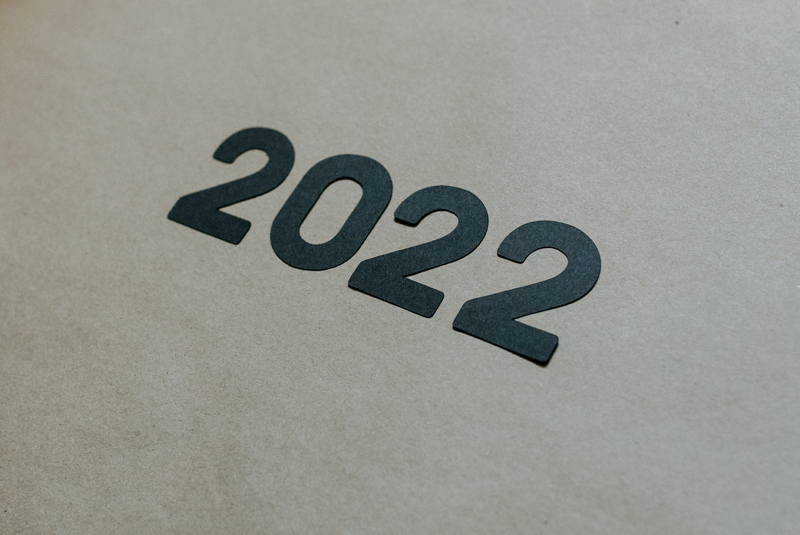
2022 – the Year to Stay Put and Renovate
The indicators are that many Canadians are going to do just that – put money into the house, and stay living in it. It promises to be another wild year, real estate-wise, in this country. There are no signs of letup in the upward charge of home values. If you’re lucky enough to be in the market, renovating and staying may be the appropriate strategy for you, too.
For more expert advice on home renovation, consider contacting a mortgage advisor today.
Get more homeowner tips
Subscribe to get more homeowner tips and advice delivered right to your inbox.
More Great Reads
- Mortgage News 2025 Toronto: Expert Insights on Rates, Trends, and Market Forecasts
- Mortgage News Today Toronto: Rate Cuts and Market Shifts Shape 2025 Opportunities
- Most Important Mortgage News Today in Canada: Bank of Canada Cuts Rates Amid Economic Uncertainty
- Mortgage News Recap August 2025 Canada: Rates Hold Steady Amid Economic Uncertainty
- Top Mortgage News Toronto: Essential Updates for 2025 Homebuyers and Borrowers


